
FDA
Latest News


Media rebuke of Europe’s Innovative Medicines Initiative thrusts debate into the public arena.

The productivity of the U.S. biomedical research enterprise is undergoing a broad re-examination.

FDA commissioner Margaret Hamburg has received praise and plaudits as she exits the Food and Drug Administration this week after six years on the job.
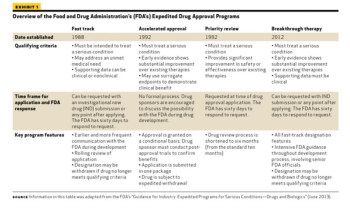
The FDA works to protect public health by balancing the requirements for extensive safety and efficacy data prior to approval, and the need to expeditiously issue approval decisions to ensure medicines that could save or dramatically improve patients’ lives are available as soon as possible.

Vice President of Global Regulatory Affairs, Theorem Clinical ResearchIntroduction

While such discussions have advanced in Europe, two key omissions from the dialogue may limit any real changes.

The main surprise at the Jan. 7, 2015 meeting of FDA’s Oncologic Drugs Advisory Committee was the panel’s strong support for a drug developed under a very different model from most cancer therapies.

FDA set several milestones in approving more new, important drugs and biologics in 2014.

In a health policy world where competition for profile is tough, a vacuum at the top is a serious disadvantage.

The technology necessary to meet the expected regulatory demands for assessing drug-impaired driving has emerged.

Reshuffling to heavily impact life sciences policy in Europe.

There are 7,000 rare diseases affecting approximately 350 million people around the world.

With the passage of the Biosimilar Price Competition and Innovation Act in 2009, the U.S. created new pathways for development and approval of biosimilar and interchangeable products.

Pharmacovigilance is the next frontier for outsourcing in the pharmaceutical and biologics industry.

Claims of success for pharmacovigilance are under question, but hopes are higher for new clinical trials rules.
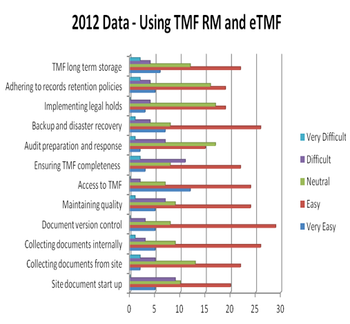
One of the many activities across the clinical development cycle that is non-negotiable is the creation, collection, management, and storage of the documents that are contained in the Trial Master File.

The advent of new drugs for tuberculosis is posing some interesting challenges for regulators in Europe.

Pharmaceutical companies are jumping on the clinical trial transparency bandwagon, while also seeking to protect confidential information.

The shift to personalized medicine has begun to account for a greater portion of new therapies in pharmaceutical pipelines, and the biomedical research community is watching to see if this trend continues in the coming months.

Global action and collaboration is needed to tackle the threat of antibiotic-resistant diseases.

Pharmacometrics optimizes the use of Phase II data to support Phase III success.
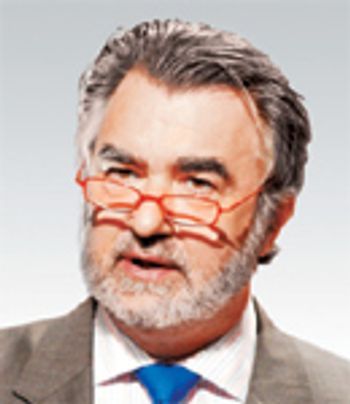
Compromise is going to play a key role as the clinical trial rules update debate rages on.

Will the clinical trials community assemble their arguments, and will they do it in time?

FDA commissioner Margaret Hamburg has formed a top-level working group to propose strategies for enhancing agency functions and processes, starting with the relationship between FDA Centers and its field force.


.png)
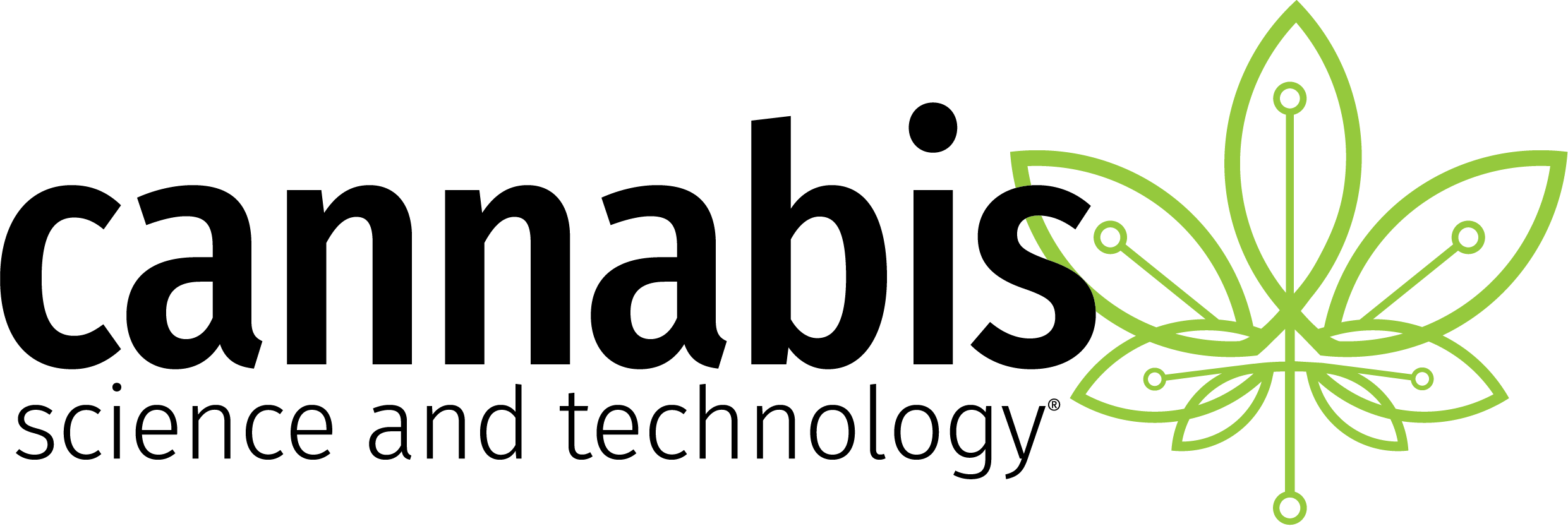
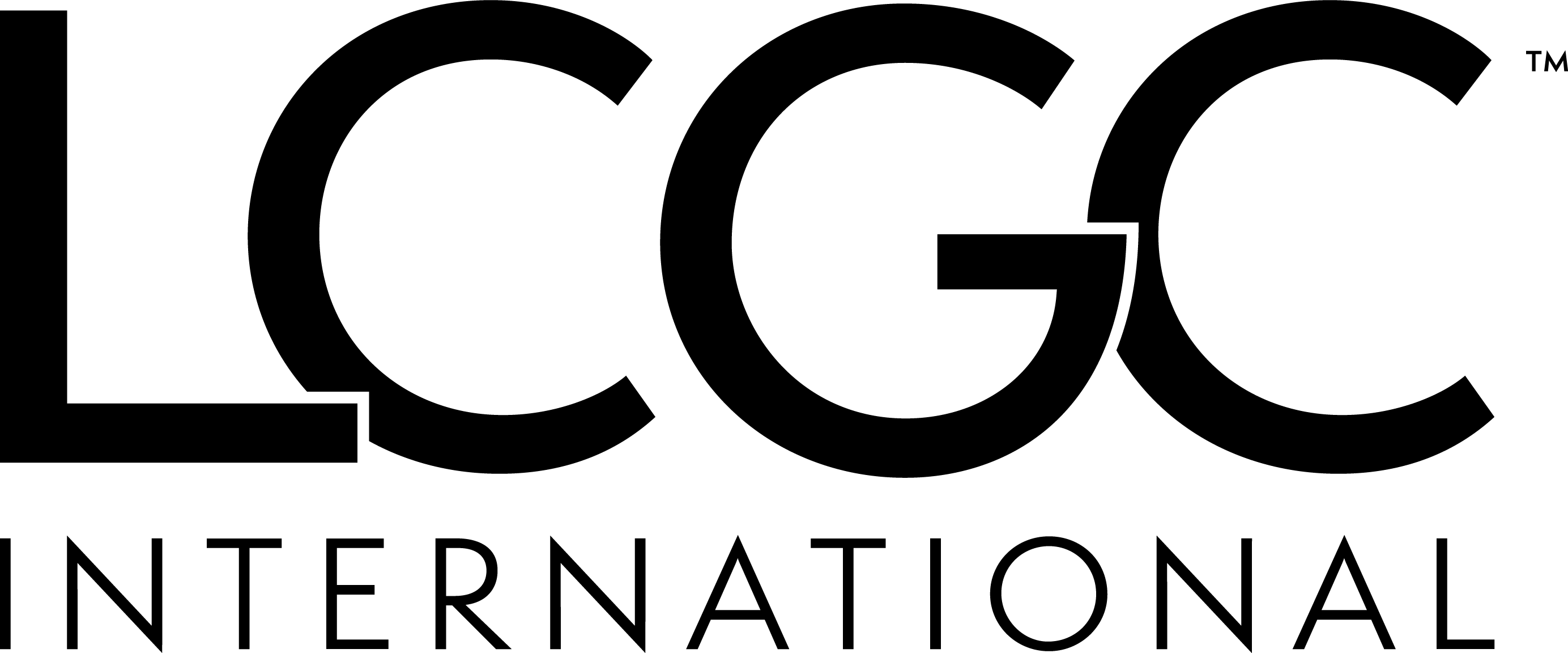

.png)



.png)
.png)
